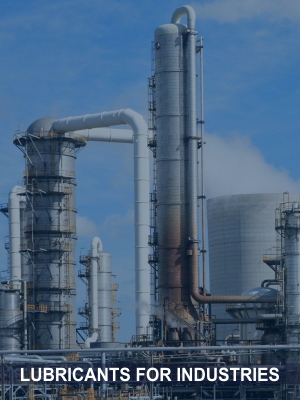Robot Industries
Lubricants are crucial for maintaining the performance and longevity of robotic systems. Different types of robots, such as industrial robots, collaborative robots (cobots), and service robots, may have specific lubrication requirements based on their design, components, and applications. Here are some considerations when choosing lubricants for robots:
Types of Lubricants:
- Greases: Greases are commonly used in robot joints and gear mechanisms. They provide good adhesion to surfaces and can withstand heavy loads. Choose greases with appropriate viscosity, temperature stability, and wear resistance.
- Oils: Oils are suitable for applications where a liquid lubricant is preferred, such as in hydraulic systems or for certain gearboxes. Ensure the oil selected has the necessary viscosity and additives for the specific application.
Robot Joint Lubrication:
- Robots often have joints that require lubrication to reduce friction and wear. Consider the type of joint (e.g., rotational or linear) and the load it carries when selecting a lubricant.
- For high-speed or precision applications, low-friction lubricants with good anti-wear properties are essential.
Food-Grade Lubricants:
- In industries like food and pharmaceuticals, where robots are used for handling and packaging, it's crucial to use food-grade lubricants that comply with industry regulations. These lubricants are designed to prevent contamination in case of incidental contact with the product.
High-Temperature Environments:
- In applications where robots are exposed to high temperatures, such as foundries or welding operations, choose lubricants that can withstand elevated temperatures without losing their properties.
Extreme Conditions:
- Consider the operating environment of the robot. If it operates in dusty or dirty conditions, select lubricants that are resistant to contamination and have good sealing properties.
Compatibility with Materials:
- Ensure that the lubricant is compatible with the materials used in the robot's construction. Some materials, such as certain plastics and elastomers, may be sensitive to certain types of lubricants.
Maintenance Considerations:
- Choose lubricants with a suitable re-lubrication interval to minimize downtime for maintenance. Some robots are designed for longer maintenance intervals, while others require more frequent lubrication.
Specialty Lubricants:
- In some cases, specialty lubricants with additives for extreme pressure, anti-corrosion, or anti-oxidation properties may be required based on the specific demands of the robot's application.
Always refer to the manufacturer's recommendations and guidelines when selecting lubricants for robots. Regular maintenance and proper lubrication are essential for ensuring the reliable and efficient operation of robotic systems.
PRODUCT TECHNICAL DATA SHEET
ALIEN-1080 GREASE
ROBO-M2 GREASE
SYG 1998 SILICONE BASED PTFE PASTE


